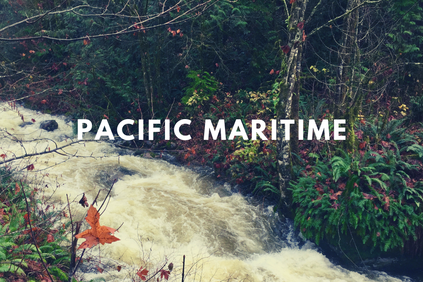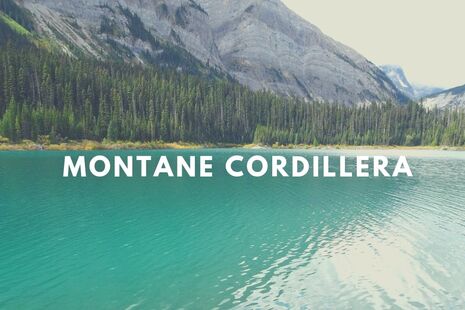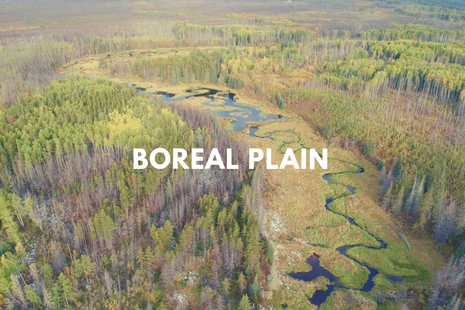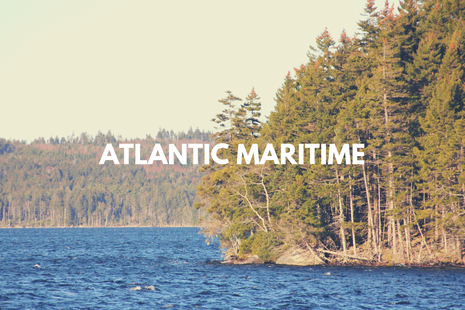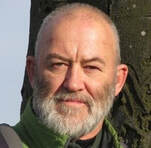Theme 1: Watershed Science & Forest Management
The Problem
Forests are also increasingly experiencing natural disturbances, like wildfires, insect attacks, and disease. Along with climate change, this poses threats to the quality and treatability of the waters that eventually become our drinking water.
The Approach
forWater researchers are out in the field studying forested landscapes and water resources across Canada to create new scientific knowledge to establish how forest management practices can best support the provision of safe drinking water for years to come.
The Impact
Understanding how forest management strategies affect our drinking water supplies will enable practitioners, from foresters to municipalities, to support drinking water security through effective management and treatment processes.
Forests are also increasingly experiencing natural disturbances, like wildfires, insect attacks, and disease. Along with climate change, this poses threats to the quality and treatability of the waters that eventually become our drinking water.
The Approach
forWater researchers are out in the field studying forested landscapes and water resources across Canada to create new scientific knowledge to establish how forest management practices can best support the provision of safe drinking water for years to come.
The Impact
Understanding how forest management strategies affect our drinking water supplies will enable practitioners, from foresters to municipalities, to support drinking water security through effective management and treatment processes.
Pacific Maritime
|
Mark Johnson, Platform Lead
Earth, Ocean, and Atmospheric Sciences University of British Columbia |
Location: British Columbia
Importance: Characterized by coastal mountains with high to very high rainfall, British Columbia's forests are intimately connected to both urban and rural drinking water supplies. Disturbances: Debris flows, windthrow, and gap disturbances (coastal) and wildfires (inland). Purpose: Understand British Columbia's forest sector impacts on drinking water treatability in source waters with differing dissolved organic carbon concentrations and compositions. Researchers
|
Montane Cordillera
|
Uldis Silins, Platform Lead
Renewable Resources University of Alberta |
Location: Alberta
Importance: With features like high elevations, steep topography, high annual precipitation, and deep mountain snowpacks, the hydrology of this region provides ground and surface water contributions for ecological and human uses. Disturbances: Wildfires Purpose: Evaluate and compare the effects of different sustainable forest harvest strategies across geographic contexts, from smaller headwaters areas to larger river basin scales. Provide insights into how long these effects last after harvesting across different temporal scales. Researchers
|
Boreal Plain
|
Kevin Devito, Platform Lead
Biological Sciences University of Alberta |
Location: Alberta
Importance: With many large, shallow lakes, high annual variability in runoff, and sensitive ecosystems like peatlands, waters within this research area are being affected by dissolved organic matter and toxic algal blooms. Disturbances: Wildfires Purpose: Evaluate the potential for aspen harvest to alter the contribution of land-based dissolved organic matter and nutrients to shallow lakes. Assess within-lake processes that affect dissolved organic matter characteristics and cyanotoxin production in water moving from headwaters on the Boreal Plain. Researchers
|
Boreal Shield
|
Jim Buttle, Platform Lead
Geography Trent University |
Location: Ontario & Québec
Importance: The landscape here includes a mixture of ecological regimes, from areas of relatively low elevation change to mountainous terrains, each with unique species and implications for one of the most populous regions of Canada. Disturbances: Wildfires and insect attacks Purpose: Elucidate the immediate (1–3 year) and long-term (15+ years) legacy effects of forest management on drinking water treatability, especially DOC and DBP-FP in streams. Evaluate modeling tools for estimating DBP-FP response to forest management in high- and low-relief Boreal Shield landscapes. Researchers
|
Atlantic Maritime
|
Rob Jamieson, Platform Lead
Civil & Resource Engineering Dalhousie University |
Location: Nova Scotia
Importance: Situated in part within the Acadian Forest Region, this area is home to highly diverse forest ecology with varying implications for carbon absorption and release within the watersheds. Disturbances: Windthrow, insects, and diseases Purpose: Develop a predictive modeling framework to assess impacts of forest management practices on carbon (C) budgets of Maritime watersheds. Researchers
Peter Duinker
Resource & Environmental Studies Dalhousie University |

